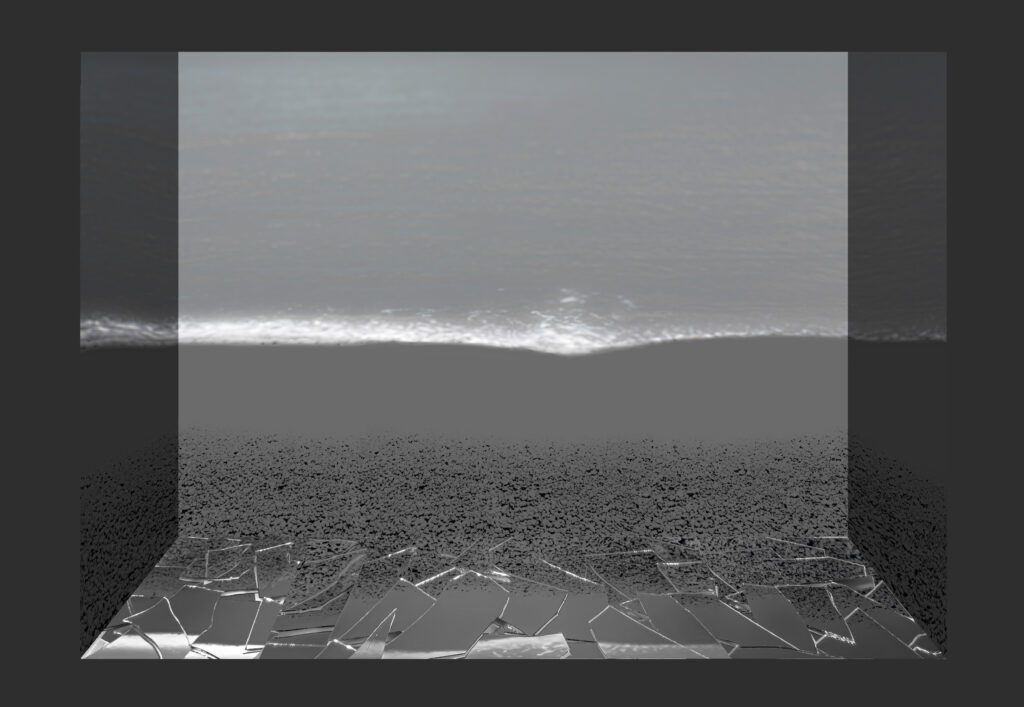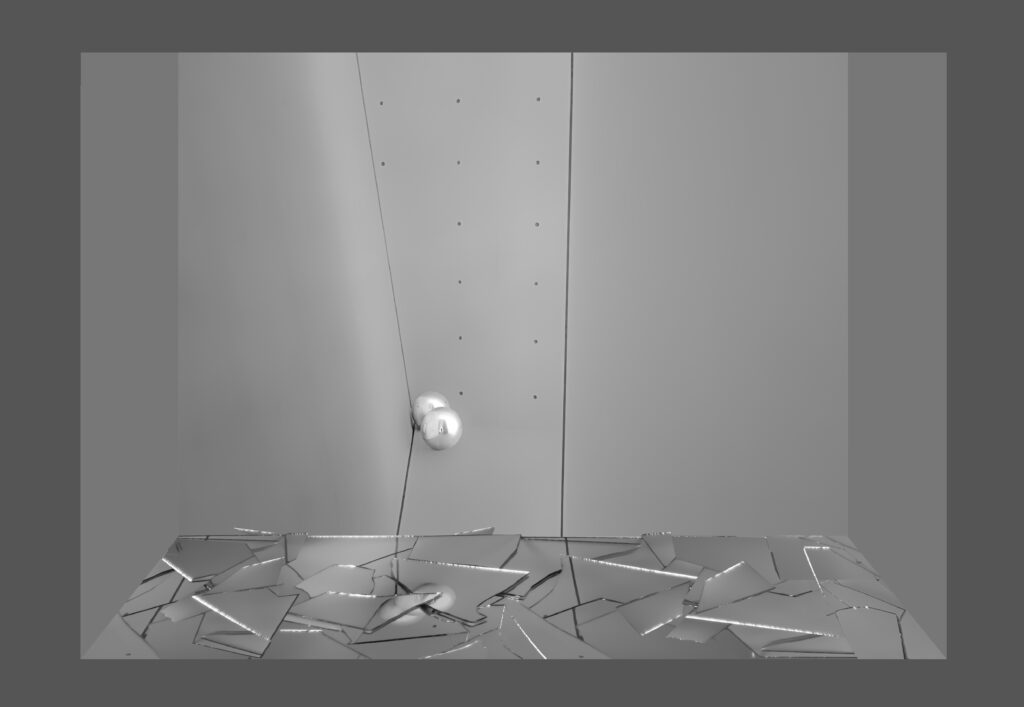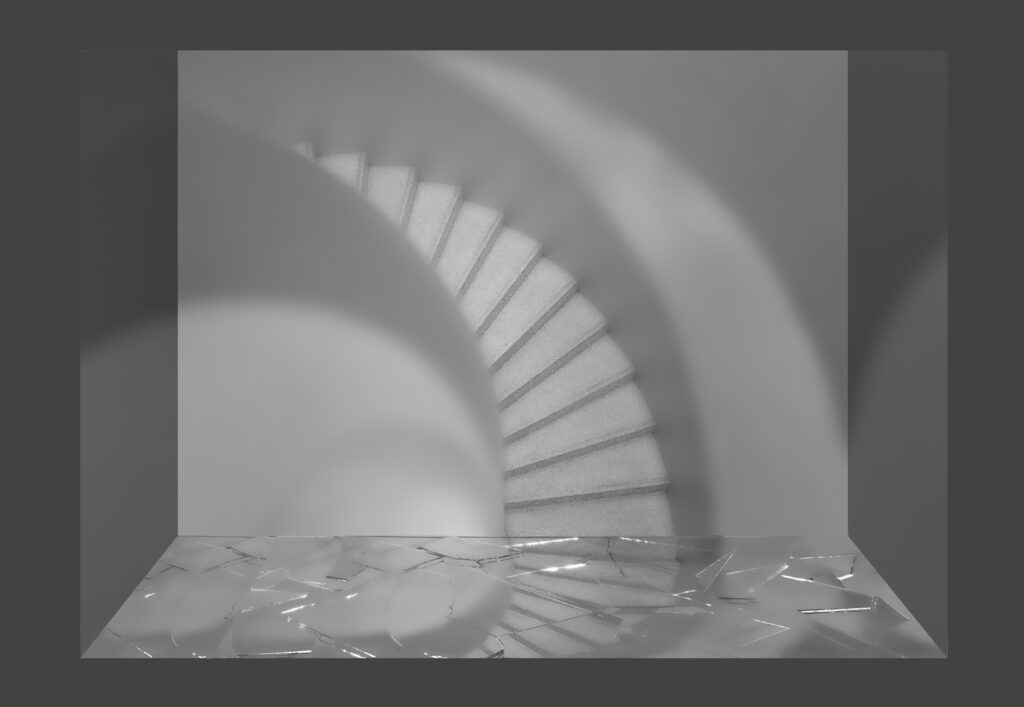The concept of urban resilience is regularly criticized on the grounds that adapting to the uncertainty of our ecological and social environment is the result of a fatalism imposed by political determinism. This criticism, which often originates from individuals lacking expertise or integrity, overlooks a fundamental aspect of urban resilience: the necessity of reconsidering our current models, challenging our linear way of thinking, and rejecting a return to the status quo.
In this regard, it is noteworthy to recall the parallel with the criticism leveled at abstract art at the time of its emergence by the proponents of a “pure” impressionist line. For millennia, the visible appearance of the world had been transposed into pictorial representations that serve “objective purposes”. Direct observation of models was fundamental to all artistic approaches. With his first compositions, Kandinsky introduced abstraction with lines and colors having intrinsic values rather than merely as representations of external forms. This was a major shift, and the intellectual upheaval caused by the advent of abstraction led to controversies about the nature of reality, which led to controversies about its meaning.
Similarly, C.S Holling, one of the founders of ecological resilience, challenged the relevance of linear thinking with his conceptual model of “panarchy”, introducing the idea that social and ecological systems are interconnected, continually restructuring and renewing themselves in response to their environment. In this way, the concept of (urban) resilience joins abstract art in confronting normativity with critical thinking.
The below series of photographs taken in France, Spain and Japan, shows how abstraction and figuration, far from opposing, complement each other. In each composition, the reflections in pieces of broken mirror refer to our vulnerability, and the argentic paper frame, darkening over time, to that of uncertainty.
Print size, 60 x 40 cm, 23,6 x 15,7 in.



